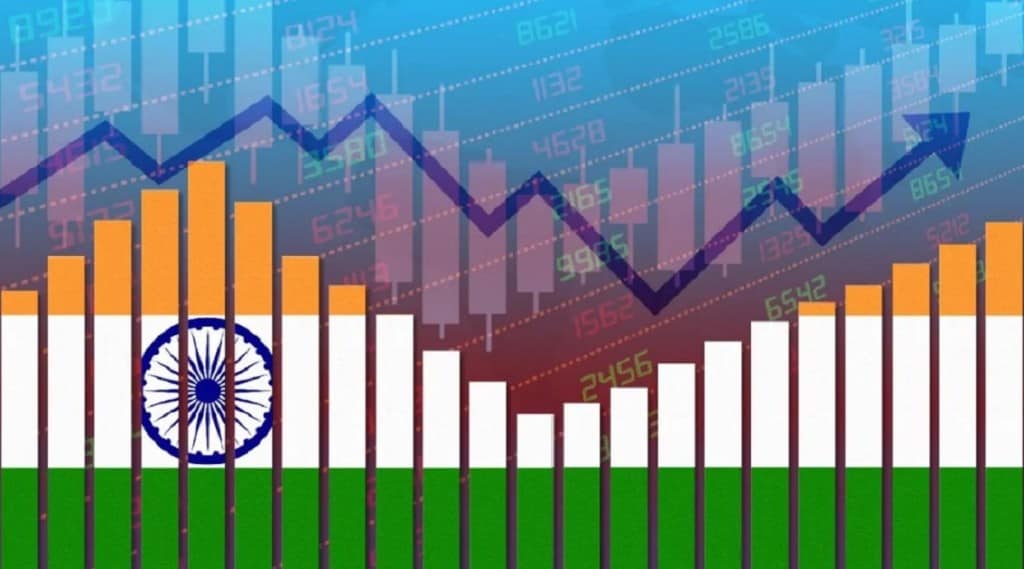By Aditi Nayar
The inflation prints for August 2022 that are due to be released early next week assume significance as they would be the final official inflation-related data points available before the Monetary Policy Committee’s (MPC) meeting in end-September 2022. We expect the CPI and the WPI inflation to display a contrasting trend. ICRA expects the CPI inflation to have witnessed a mild base-effect led uptick in August 2022, halting the downtrend seen in the last three months. The WPI inflation, on the other hand, is expected to have continued to ease for the third consecutive month, while remaining firmly in double digits.
Also read: F&O outlook: Nifty may continue to march towards 17900-18000; focus on thematic moves, support at 17600
The average prices of edible oils declined in August 2022, relative to July 2022, reflecting the transmission of the import duty cut by the Government as well as the ongoing downtrend in global prices. Besides, the continued improvement in supplies of tomatoes, which was one of the key contributors to elevated CPI inflation in the vegetables segment during May-July 2022, has softened their prices meaningfully in sequential terms in August 2022. However, there was an uptick in the average prices of other items such as pulses, rice and wheat, which have a larger share in food inflation, and several vegetables including potatoes, onion, etc. Food forms a much larger part of the CPI basket than the WPI, and the aforesaid trends are likely to have pushed up the retail food inflation for August 2022.
Looking ahead, the lag in kharif sowing of rice and pulses poses risks. Moreover, the robust demand for services poses risks, given its significant share in the CPI basket (services: +23.4%), and hence, remains a key monitorable.
Also read: MCX Gold outguns Comex on weak Indian Rupee, yellow metal may trade sideways; buy on dips for gains
The dip in global commodity prices is expected to cushion the INR depreciation and translate more rapidly into a lower WPI inflation than the CPI inflation. The global prices of metals and crude oil have witnessed a sequential decline since mid-June 2022 following the fears of a recession in major economies amid monetary tightening by central banks. The average international price of crude oil corrected by a significant 7.7% to US$97.7/bbl in August 2022 from $105.8/bbl in July 2022, which transmits into the WPI but not the CPI.
However, the domestic retail prices of petrol and diesel in metro cities except Mumbai (a VAT cut was announced by the Government of Maharashtra in mid-July 2022) have remained unchanged since late-May 2022, while the prices of commercial LPG cylinders in metro cities have been reduced by Rs. 36-36.5/19kg cylinder from August 2022 onwards.
Given the base effects, we expect the next two CPI inflation prints to rise slightly to ~6.9-7.0% from the 6.7% seen in July 2022, in spite of which we believe that the average inflation for the ongoing quarter will modestly trail the MPC’s projection of 7.1%. However, we expect the WPI inflation to have eased to ~12.5% in August 2022 and average at ~12.8% in Q2 FY2023, lower than the 15.7% seen in Q1 FY2023.
In addition, the IIP numbers for July 2022 will also be released next week. The YoY growth in industrial production is expected to have decelerated to 4.0% in July 2022 from double-digits in May-June 2022, largely on account of a normalising base.
Consumer confidence levels improved in the July 2022 round of the RBI’s consumer confidence survey with the majority of the households reporting a rise in their current spending as well as expectations of the trend to continue for the year ahead. However, we believe that the demand for consumer goods is likely to have remained tentative amidst a shift in preferences towards the consumption of services, aided by pent-up demand and a normalisation of behaviours. In addition, the slowdown in non-oil merchandise exports in July 2022 is likely to have tempered the performance of India’s manufacturing sector in the month.
(Aditi Nayar, Chief Economist, ICRA. Views expressed are the author’s own.)


